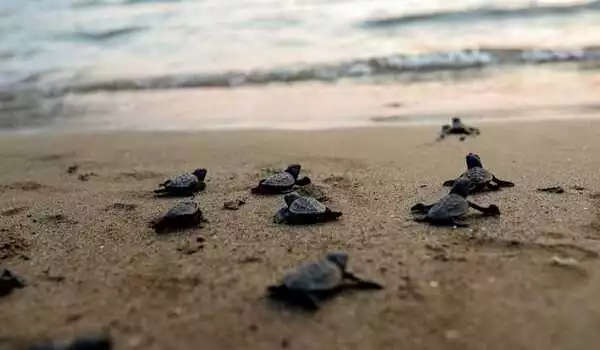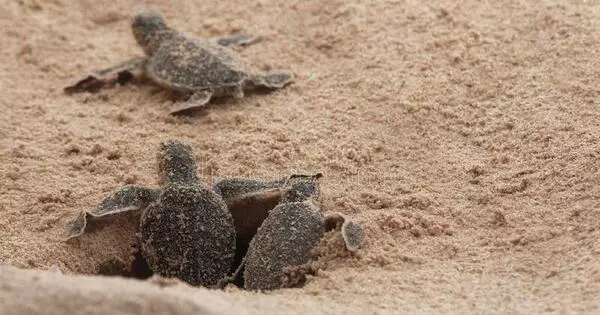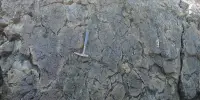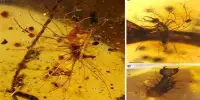Many predators, such as raccoons and skunks, would love to feast on some freshly laid turtle eggs. While nest predation is a natural threat, nest predators are abundant in many areas, and they can consume the majority of turtle eggs laid each year. Protecting the eggs gives turtles a fighting chance and offsets some of the road kill that occurs each year. A nest cage is one way to protect a turtle nest. While nest cages can be used to protect some nests in natural areas, those on roadsides cannot be caged due to the risk of interfering with traffic and the work of road maintenance crews.
A new low-cost sensor shaped like a sea turtle egg allows scientists to remotely monitor nests and predict when hatchlings will emerge almost to the day, providing valuable data for conservation efforts and turtle nest management. The study was led by Erin Clabough of the University of Virginia and Samuel Wantman of Nerds Without Borders, and it was published in the open-access journal PLOS ONE.
Human activities are causing a decline in sea turtle populations worldwide, with the Loggerhead, Green, Hawksbill, Kemp’s Ridley, Leatherback, and Olive Ridley sea turtles all listed as threatened species. Sea turtle conservation efforts are primarily focused on protecting vulnerable hatchlings once they emerge, ensuring that they head out to sea rather than toward the bright lights of cities. Conservationists can count the days since eggs were laid to predict when they will hatch and then watch the nest, but these efforts are inaccurate and labor-intensive.
It’s absolutely magical to witness baby turtles poke their heads out of the sand and sprint towards the ocean, but it’s an event that can be very difficult to predict. We can use the system to detect hatching and forecast when hatchlings will emerge onto the beach.
Erin Clabough
In the current study, researchers used the TurtleSense system to monitor loggerhead sea turtle nests on Cape Hatteras National Seashore to see if they could predict more accurately when the turtles would emerge from the nest. They buried an egg-sized sensor within the nest and attached a cable to a communication tower that remotely transmitted data on the movement of hatchlings within the nest.
The researchers identified a pattern of intense hatchling movement within the nest, followed by a pause, which let them predict almost the exact day when the young turtles would dig out of the sand. Their results suggest that hatchlings can detect motion, which allows them to communicate and head out together as a group. The system also accurately identified non-viable nests where monitoring was no longer necessary.

The new TurtleSense system has the potential to reduce the cost and labor required to monitor endangered turtle nests and to help conservationists make better decisions about nest management. The system can also shorten beach closures and enable communities to engage in turtle-based ecotourism, benefiting both the community and sea turtle conservation efforts. While this study focused on Loggerhead turtles, the researchers also monitored Olive Ridley and Green Turtle nests and saw similar patterns, suggesting that the system will work for a range of sea turtle species.
“It’s absolutely magical to witness baby turtles poke their heads out of the sand and sprint towards the ocean,” Erin Clabough adds, “but it’s an event that can be very difficult to predict.” The TurtleSense system is a low-cost, innovative solution that enables us to remotely detect how baby turtles synchronize developmental movement within the nest in real time. We can use the system to detect hatching and forecast when hatchlings will emerge onto the beach.”
“As each turtle emerges from its shell, it climbs up to join its siblings at the top of the clutch of eggs, creating a wave of commotion among all the other baby turtles in the nest,” Samuel Wantman adds. “When there is no more commotion there is a period of quiet, which may be the impetus for all the hatchlings to boil out of the nest together.”
















